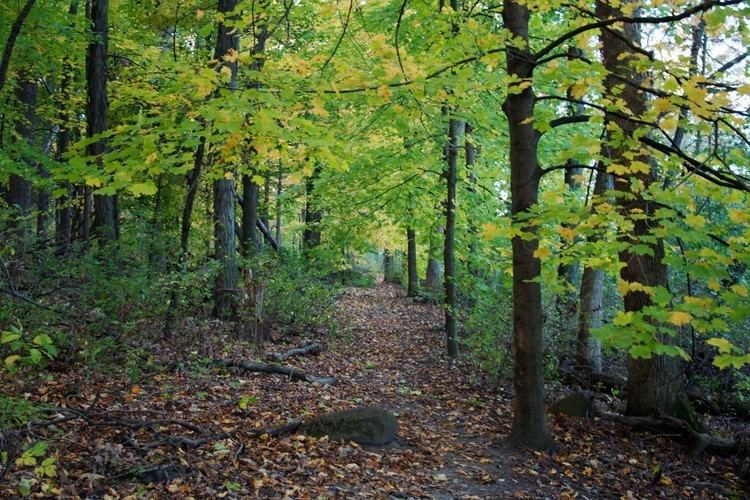Phone +1 608-263-7888 | ||
 | ||
Address 1207 Seminole Hwy, Madison, WI 53711, USA Hours Open today · 12:30–4PMSunday12:30–4PMMonday9:30AM–4PMTuesday9:30AM–4PMWednesday9:30AM–4PMThursday9:30AM–4PMFriday9:30AM–4PMSaturday12:30–4PMSuggest an edit Similar Lake Wingra, Henry Vilas Zoo, Olbrich Botanical Gardens, UW–Madison Geology Museum, Allen Centennial Gardens Profiles | ||
A walk a bout the university of wisconsin madison
The University of Wisconsin–Madison Arboretum is a teaching and research facility of the University of Wisconsin–Madison and the site of historic research in ecological restoration. In addition to its 1,260 acres (5 km2) in Madison, Wisconsin (about four miles from the main campus of the University of Wisconsin-Madison), the Arboretum also manages 520 acres of remnant forests and prairies throughout Wisconsin.
Contents
- A walk a bout the university of wisconsin madison
- History
- Prairies and savannas
- Deciduous forests
- Conifer forests
- Wetlands
- Horticultural collections
- Recreational use
- References
History
The arboretum was established in the early 1930s on farmland fields and pastures. Its first research director was Aldo Leopold who outlined a research agenda around re-establishing “original Wisconsin” landscape and plant communities, particularly those that predated European settlement, such as tallgrass prairie and oak savanna. From 1935 to 1941 crews from the Civilian Conservation Corps provided most of the labor to accomplish this task. Such work would eventually become known as ecological restoration. Some of the first tall-grass prairie restorations in the United States took place at the Arboretum.
In addition to its long-standing commitment to ecological restoration, the Arboretum also features traditional horticultural collections of labeled plants arranged in garden-like displays.
Today the Arboretum manages the oldest restored prairie along with an extensive collection of restored ecosystems that are referred to as "ecological communities": woodlands, savannas, prairies, wetlands, springs, and the Lake Wingra shoreline.
Prairies and savannas
More than 300 species of native plants that once dominated the landscape of southern Wisconsin have been restored to the arboretum's prairies and savannas.
Deciduous forests
Conifer forests
Wetlands
Horticultural collections
Recreational use
In addition to being a research facility, the Arboretum is also a leisure destination for local residents and tourists. It includes 20 miles of hiking trails, 3 miles of biking roads, 10 miles of ski/snowshoe routes. The arboretum is open to the public daily without charge.
